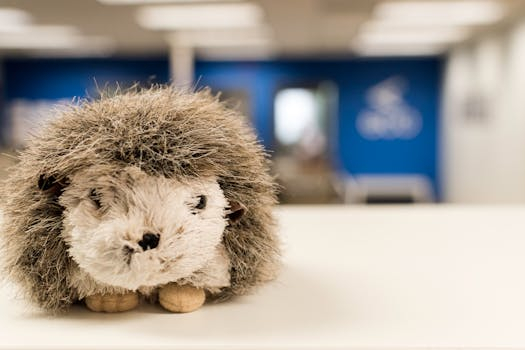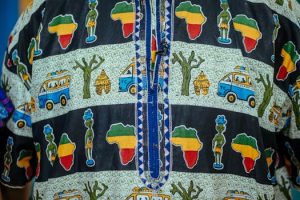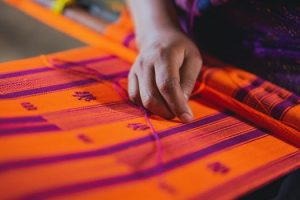Artificial Intelligence Preserves Indigenous Design Methodologies
As the field of Artificial Intelligence (AI) continues to expand and evolve, it has become increasingly evident that its potential reaches far beyond just improving technology and business processes. In fact, one area in which AI has shown immense promise is in preserving and reviving traditional Indigenous design methodologies. These intricate methods, passed down through generations, hold immense cultural value and play a crucial role in shaping Indigenous communities around the world. With the help of AI, these design methodologies can not only be preserved but also elevated to new heights, ensuring their continued relevance and importance in the modern world.
The Importance of Indigenous Design Methodologies
Indigenous design methodologies have been at the core of Indigenous cultures for centuries. These methods encompass not only the physical design and creation of objects, but also the cultural values and beliefs that inform and guide the entire process. They are deeply rooted in tradition, reflecting the unique history and experiences of each Indigenous community.
Throughout history, these design methodologies have played a pivotal role in shaping Indigenous communities and their identities. They are not just about aesthetics or functionality, but also about preserving and passing on cultural knowledge. Traditional Indigenous design methods serve as a bridge between the past and present, connecting current generations to their ancestors and keeping their heritage alive.
The Threat to Traditional Indigenous Design Methodologies
Despite their cultural significance, traditional Indigenous design methodologies are at risk of being lost or overshadowed by modern design approaches. The increasing homogenization of culture and globalization have led to a decline in the appreciation for and adoption of Indigenous design methods. This is further exacerbated by the lack of resources and opportunities for Indigenous artisans to continue practicing and passing on their traditional techniques.
Moreover, as the world becomes more digitized, the younger generation of Indigenous communities is growing up with a greater reliance on technology. This creates a potential disconnect from traditional methods and could lead to their eventual loss if not properly preserved and integrated into modern practices.
The Role of AI in Preserving Indigenous Design Methodologies
Fortunately, AI offers a powerful solution to preserve and elevate traditional Indigenous design methodologies. By harnessing the capabilities of AI, Indigenous artisans can create and share their designs and techniques with a global audience. AI algorithms can analyze and identify patterns and elements of traditional designs, allowing for their replication and adaptation in modern products.
Additionally, AI technologies such as virtual and augmented reality can provide a platform for Indigenous artisans to showcase their designs and create new, immersive experiences for consumers. This not only helps to preserve their cultural knowledge but also provides new opportunities for economic growth and sustainability.
Innovation without Assimilation
A crucial aspect of using AI in the preservation of Indigenous design methodologies is the need for collaboration and inclusivity. To truly embrace and elevate traditional methods, it is important not to assimilate them into mainstream design practices. Rather, AI should be used as a tool to enhance and showcase the distinctiveness and cultural significance of Indigenous design methods.
Additionally, it is crucial to involve Indigenous communities in the development and implementation of AI technologies for the preservation of their design methodologies. This ensures that the process respects their cultural traditions and values, and that the benefits of this innovation are shared with the communities themselves.
In Conclusion
The use of AI in preserving traditional Indigenous design methodologies represents a promising development in the intersection of technology and culture. By leveraging AI, these valuable methods can be protected, revitalized, and celebrated, allowing them to continue to play an integral role in shaping Indigenous communities. Through a collaborative and inclusive approach, AI has the power to not only preserve but also elevate the significance and relevance of Indigenous design methodologies in the modern world.











